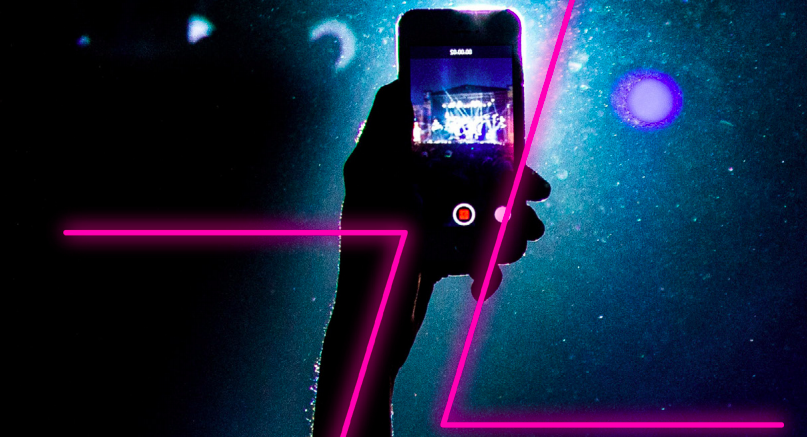Studies arriving last week included a prediction that for the first time ever, more purchases will be made with mobile phones than previously during the upcoming holiday season. Research also found Nike’s chatter among Gen-Z getting louder, consumer reluctance to being targeted via customer segmentation methods, apparel shopping journeys increasingly starting online and the appeal of reward-based promotions and speedy checkouts.
Mobile to Dominate Online Holiday Sales
Salesforce in the group’s 2018 Salesforce Holiday Insights study predicted that for the first time ever, more purchases will be made with mobile phones during the holiday season than any other. Phones are expected to account for 68 percent of all e-commerce visits, AI-based product recommendations are projected to drive 35 percent of all revenue and e-commerce traffic from Instagram will increase 51 percent over last holiday season.
Nike Chatter Among Gen-Z Increasing
Iphone and Apple are the two most talked about brands of Generation Z, making a profound statement about the importance of technology, connectivity and mobility for teenagers today, according to The Gen Z: The Totalsocial Generation study. Rounding out the top eight were Coca-Cola, Samsung, Nike, McDonald’s, Walmart and Pepsi. Engagement Labs TotalSocial platform found that 11.2 percent of teens talked about Nike on an average day, up 34 percent from 2013.
Consumers Don’t Want to be Targeted by Marketing Segments
A survey of 7,000 consumers from Selligent Marketing Cloud found that when asked about segmentation, 74 percent of respondents noted that they expect companies to “treat me as an individual, not as a member of some segment like ‘millennials’ or ‘suburban mothers.’” The figure was slightly higher (77 percent) when it came to U.S. respondents. The trouble is that three-quarters of the survey’s respondents are at least somewhat concerned about companies tracking their behavior on their websites and apps–the type of first-party data that could be used to personalize experiences to the individual user. The survey further found that a third expect brands to anticipate needs before they arise, and a whopping 70 percent agree that it’s important that brands understand a consumer’s individual situation (e.g. marital status, age, location, etc.) when they market to them.
Reward-Based Promotions Outperform Discount-Based Ones
A survey from Aberdeen Group commissioned by Hawk Incentives found that companies surveyed report an average year-over-year revenue growth increase of 36 percent that can be attributed to reward-based promotions as opposed to 28 percent attributed to discounts. Overall, compared with discount-based promotions, the companies surveyed that offer reward-based promotions generate a 6 percent greater average profit margin per customer (24 percent for rewards-based promotions versus 18 percent for discounts). When selecting between reward- and discount-based promotions, businesses choose reward-based to foster customer engagement (58 percent), drive purchase intent (48 percent), drive sales lift and/or purchase frequency (45 percent) and minimize lost revenue potential due to discounting (44 percent).
Apparel Purchase Journey Starts Online
The 2018 Global Consumer Survey from JDA Software and Centiro found that regardless of where transactions ultimately occur, online is the first stop on the shopper journey for clothes (46 percent), home goods (48 percent) and electronics (63 percent). Younger consumers (ages 18-34) are more likely than average to begin their shopping journeys for each of the categories with recommendations from friends or family; the proportion of those who start their purchase journeys with input from friends or family decreases among older consumers.
Consumers Want Quick Checkouts
A survey of 2,000 consumers from GroundTruth found that the number-one factor that makes in-store shopping more preferred is “Quick checkout,” which was said among 81 percent of respondents. That was followed by Self-checkout, 76 percent; Good customer service/ helpful sales people, 66 percent; Sample of things I might want to buy, 64 percent; Ability to buy online and pick-up in-store, 58 percent; Technology I can try (kiosks, games, virtual reality), 45 percent; Experiences and entertainment (music, videos, interactive display), 41 percent and Events (pop-ups, workshops, classes), 33 percent. Shoppers are still passionate about their favorite brands having physical stores; 72 percent of respondents agree “I would be very disappointed if a store I shop at closes.”
Photo courtesy Engagement Labs
















